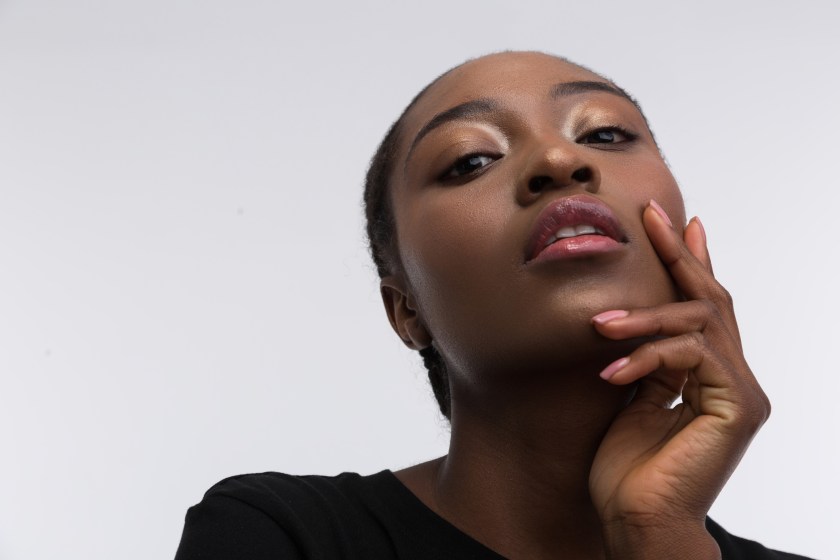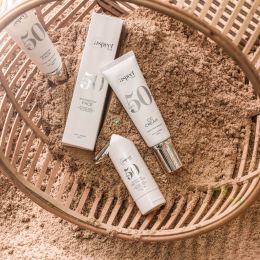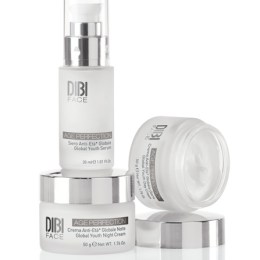Research has identified a dramatic lack of diversity in these projects.
New research has revealed POC remain incredibly underrepresented in cosmetic clinical trials. This is despite the fact that approximately 30 per cent of cosmetic patients identify as people of colour, and that cosmetic procedures are growing in popularity for all demographics across the United States.
The clinical report – titled Skin of colour representation in cosmetic clinical trials: A literature review – emphasises how important it is to be aware of key considerations when treating persons of colour versus “non-skin of colour” patients for both reasons of morality and “optimal aesthetic outcomes.”
Leading the research is Lisa Akintilo MD, MPH, a current PGY-4 dermatology resident at New York University with notable clinical and research interests in procedural dermatology, global health, and mitigating healthcare disparities. Speaking about the project in a media release, Dr Akintilo says:
“We did this study because, despite cosmetic procedures being on the rise in the US in all demographics, cosmetic procedures remain heavily skewed towards non-skin of colour patients. Similarly, many published aesthetic clinical trials have poor representation and inclusion of non-white patients.”
“We believe this work is important as it highlights the need for cosmetic clinical trials to be more representative of the ever-increasing diversity of our world. This should serve as a call to action for industries to increase the inclusion of skin of colour participants in their studies,” continues Dr Akintilo.
This should serve as a call to action for industries to increase the inclusion of skin of colour participants in their studies.
Lisa Akintilo MD, MPH
The report points out the existence of “significant health disparities… between Caucasians and racial/ethnic minorities in all facets of medicine” citing this “lack of inclusion of diverse patient populations” as both a “medical and moral issue.”
“In the realm of cosmetic dermatology, diverse research cohorts are needed to identify potential disparities in therapies for cosmetic concerns and fully investigate effective treatments for all. Furthermore, the protocols of cosmetic trials should be questioned, as many target Caucasian‐centric treatment goals that may not be in alignment with the goals of skin of colour patients,” states the report.
This isn’t the first time POC have been disproportionately underrepresented in the beauty and aesthetics industries. In response to corporate displays of support for the Black Lives Matter movement following the death of George Floyd, Uoma Beauty founder and chief executive officer, Sharon Chuter launched the #PullUpOrShutUp challenge.
Calling on brands to “pull up or shut up,” Chuter challenged beauty brands to trade performative activism for real action starting with transparency around diversity in their employees. Chuter asked brands that had donated to Black Lives Matter fundraising efforts to reveal their percentages of Black employees – namely at the executive level – within 72 hours of her call to arms on 3 June 2020.
It’s clear there is much work to be done when it comes to diverse representation.
Read SPA+CLINIC’s latest issue here:
There are 5 ways you can catch up with SPA+CLINIC
- Our quarterly print magazine, delivered to your door. Subscribe here.
- Our website, which is updated daily with its own completely unique content and breaking news.
- Our weekly newsletter – free to your inbox! Subscribe here.
- Our digital magazine – click here to view previous issues.
- Our social media – see daily updates on our Instagram, Facebook & Linkedin





